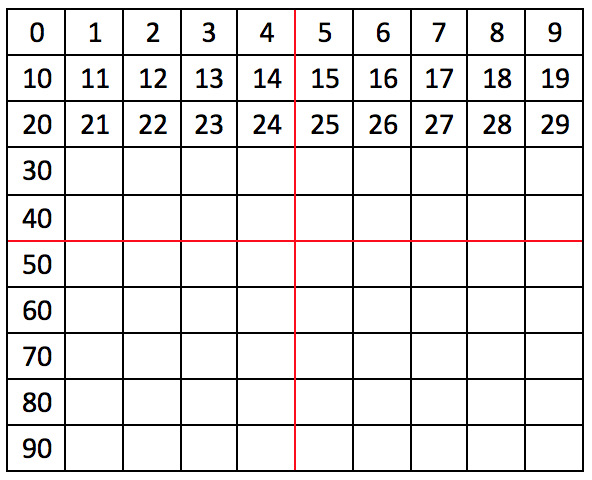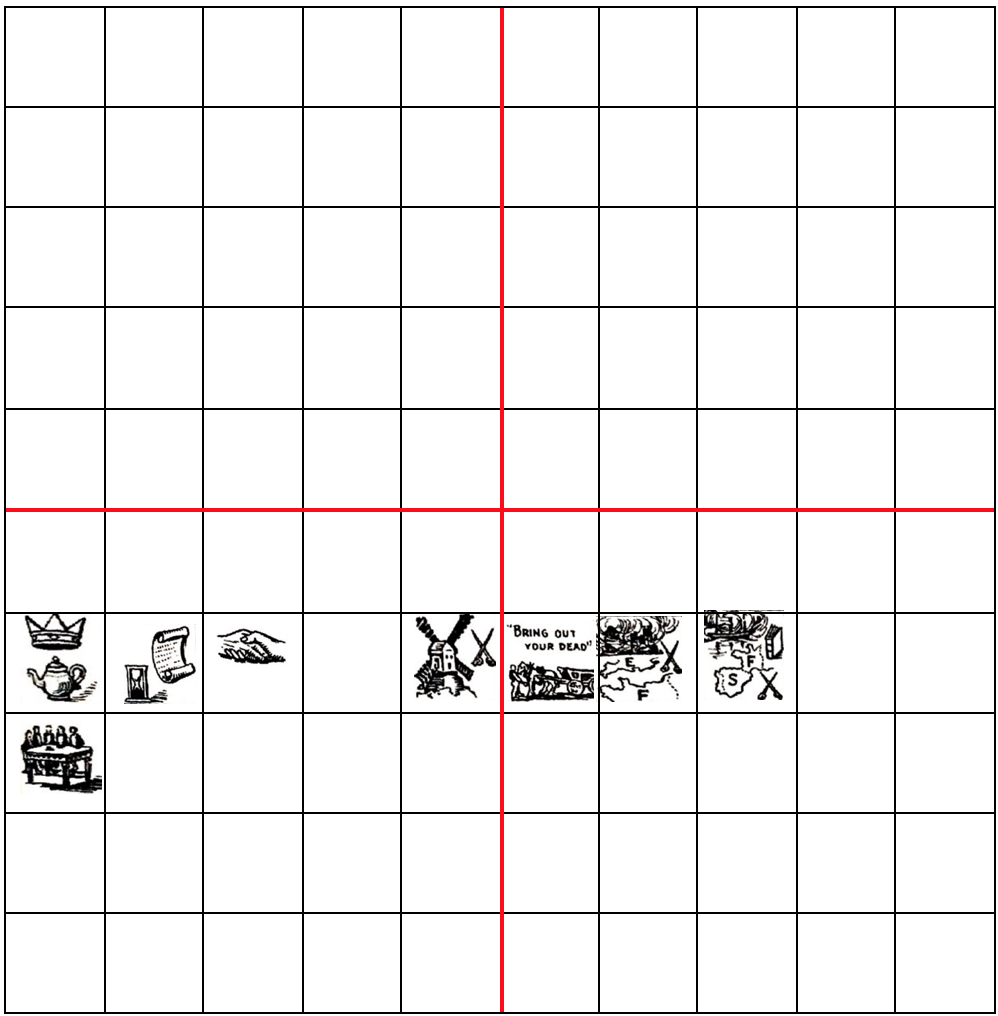How to Make a History Chart
By A.G. Biggar
The Parents’ Review, 1910, pp. 547-549
Subject: History Chart. Class III. Time: 25 minutes.
Objects
1. To introduce the girls to history charts, helping them to realise their value:—
a) historically;
b) As an assistance in learning dates of events by visualising the same.
2. To increase their power of imagination by letting them illustrate events.
Sketch of Lesson
Ask the children for the principal events in their period of English and French History.
| 1660 | Restoration of Charles II. Tea used as a drink in London. |
| 1661 | The Clarendon Code. Death of Mazarin. |
| 1662 | Marriage of Charles to Catherine of Braganza. |
| 1664 | War with Holland. |
| 1665 | Plague of London. |
| 1666 | The fire of London. War between England and France. |
| 1667 | Burning of English ships in the Medway. Publication of Paradise Lost. France declares war with Spain. |
| 1670 | The Cabal formed. |
And let them write these down in their books.
Give a brief sketch of the history of charts. (The Méthode Mnémonique Polonaise was much used in France; introduced into England about 1856.) Perfected by Miss Beale, late Principal of Cheltenham Ladies’ College, who wished to find some easy method of showing the contemporary history of different countries.
Explain the making of a chart by an illustration on the board. A chart is made up of a large square, which represents a century. This is divided into 100 squares (10 by 10), one for each year—thus the same units are always in rows.

Give the children practice in dating squares.
Give them some of the ordinary symbols for certain events.
- Accession of an English King = a crown.
- Accession of a French King = fleur de lys.
- A marriage = clasped hands.
- War or battle = crossed swords.
- Death = hour glass.
Children fill in symbols for events on chart paper and teachers on the board.

Let the girls visualise this chart and then question them.
Find from the children the value of a history chart:—
(a) It shows at a glance the contemporary history of different countries;
(b) It aids the memory, for the position of the symbols becomes familiar.
Editor’s Note: The formatting of the above article was optimized for online viewing. To access a version which is formatted more similarly to the original, and which includes the original page numbers, please click here.